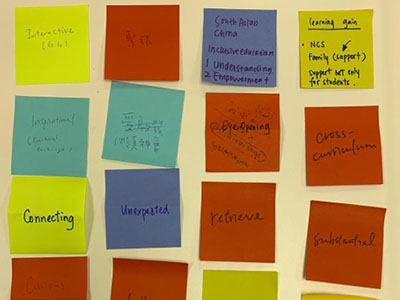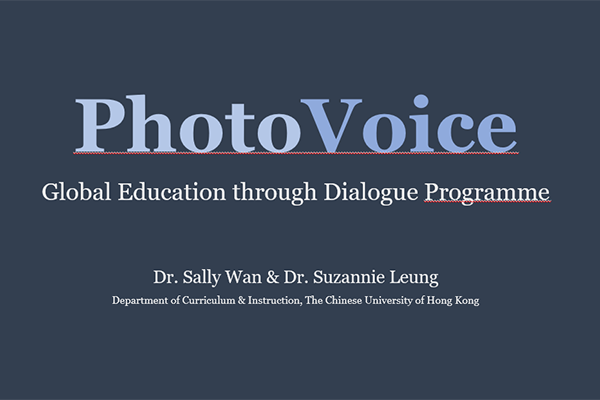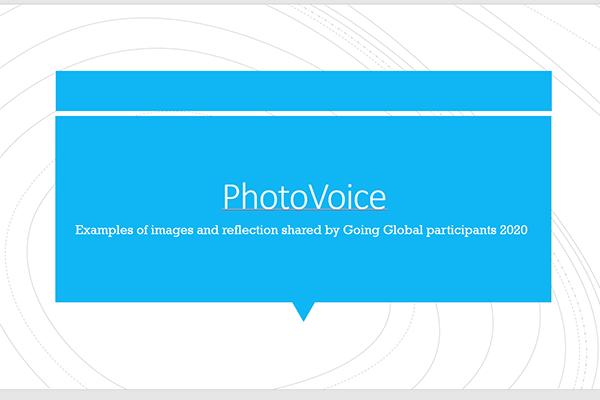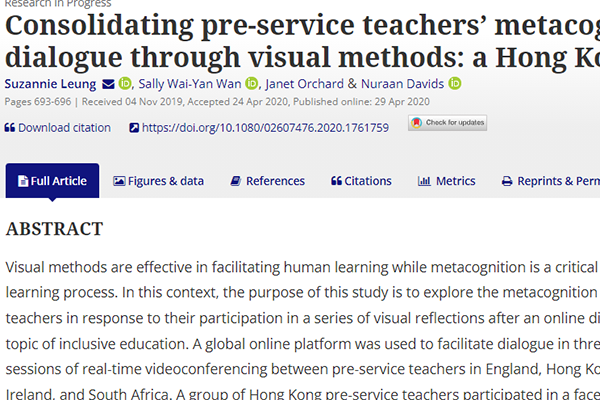Going Global
PhotoVoice
Visual methods are an established research approach in enabling people to reflect critically on experience. On Going Global, given its cross-cultural dimension, we agreed that a good way to promote participation would be to encourage visual reflection after two of the online dialogues, using PhotoVoice.
PhotoVoice is a process whereby people can identify, represent, and express their ideas through selecting photographs which in effect speak for them. It is an established participatory action research strategy that lends itself to work with teachers, as the following materials illustrate.

The first PowerPoint presentation explains PhotoVoice in more detail. The second shares examples which participants in 2021 offered, prompted by the idea of things that mattered to them in their respective classrooms. The published paper reflects further on the experiences of participants with using visual methods during the first Going Global project in 2019. This argues that the use of visual methods, particularly but not only PhotoVoice, enables participants to discuss critically aspects of professional practice in ways that are helpful and fruitful. The method can promote space for reflection and to communicate ideas in ways that are meaningful.

PhotoVoice, Global Education through Dialogue Programme (PPT, 4MB)
PhotoVoice explanation, Dr Sally Wan and Dr Suzannie Leung

PhotoVoice examples (PPT, 7MB)
Examples of images and reflection shared by Going Global participants 2020

Published paper, Leung et al.
Consolidating pre-service teachers’ metacognition of online dialogue through visual methods: a Hong Kong case study
